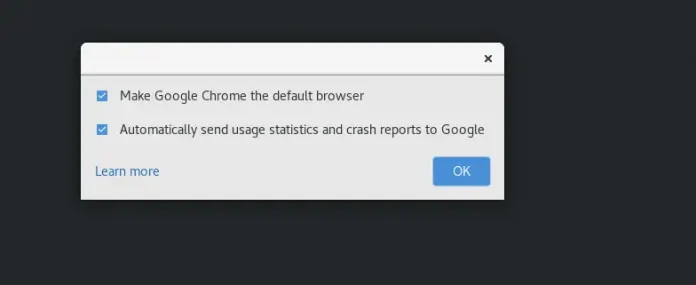It happens many times that you have written correct Java code with as much optimization as needed according to the constraints. But, you get TLE ????.
This happens due to the time taken by Java to take input and write output using Scanner class which is slow as compared to BufferedReader and StringBuffer class. Read in detail about Scanner Class here.
Have a look at some tips to get rid of this TLE issue (when your logic is correct obviously)?
Tip 1 : Avoid using Scanner Class and try to use BufferedReader class.
Tip 2 : Try to use StringBuffer class in case you have to print large number of data.
Let’s take a problem from Lazyroar practice and solve the TLE issue:
Problem : Segregate an Array of 0s, 1s and 2s
In short, problem is, given an array of 0s, 1s and 2s. We have to segregate all the 0s in starting of array, all the 1s in mid of the array, and all the 2s in last of the array.
Examples:
Input : 1 1 2 0 0 2 1 Output : 0 0 1 1 1 2 2
Approach : Segregate array of 0s, 1s and 2s
Below is the implementation of above Approach :
Java
// Program to segregate the// array of 0s, 1s and 2simport java.util.*;import java.lang.*;import java.io.*;class GFG { public static void main(String[] args) { // Using Scanner class to take input Scanner sc = new Scanner(System.in); // Number of testcase input int t = sc.nextInt(); // Iterating through all the testcases while (t-- > 0) { // Input n, i.e. size of array int n = sc.nextInt(); int arr[] = new int[n]; // Taking input of array elements for (int i = 0; i < n; i++) arr[i] = sc.nextInt(); // Calling function to segregate // input array segregateArr(arr, n); // printing the modified array for (int i = 0; i < n; i++) { System.out.print(arr[i] + " "); } System.out.println(); } sc.close(); } // Function to segregate 0s, 1s and 2s public static void segregateArr(int arr[], int n) { /* low : to keep left index high : to keep right index mid : to get middle element */ int low = 0, high = n - 1, mid = 0; // Iterating through the array and // segregating elements while (mid <= high) { // If element at mid is 0 // move it to left if (arr[mid] == 0) { int temp = arr[low]; arr[low] = arr[mid]; arr[mid] = temp; low++; mid++; } // If element at mid is 1 // nothing to do else if (arr[mid] == 1) { mid++; } // If element at mid is 2 // move it to last else { int temp = arr[mid]; arr[mid] = arr[high]; arr[high] = temp; high--; } } }} |
According to our expectations, it should pass all the testcases and get accepted on Lazyroar practice. But, when we submit this code on Lazyroar IDE, it shows TLE.
This signifies that we have exceeded the time limit as expected. Not an issue, let’s use the tips given above.
- Use BufferedReader to take input.
- Use StringBuffer to save and print output.
Approach : Segregate array of 0s, 1s and 2s
Below is the implementation of Java code for segregating 0s, 1s and 2s
Java
// Java program to segregate// array of 0s, 1s and 2simport java.io.*;import java.util.*;class GFG { // Driver Code public static void main(String[] args) throws IOException { // Using BufferedReader class to take input BufferedReader br = new BufferedReader(new InputStreamReader(System.in)); // taking input of number of testcase int t = Integer.parseInt(br.readLine()); while (t-- > 0) { // n : size of array int n = Integer.parseInt(br.readLine()); // Declaring array int arr[] = new int[n]; // to read multiple integers line String line = br.readLine(); String[] strs = line.trim().split("\\s+"); // array elements input for (int i = 0; i < n; i++) arr[i] = Integer.parseInt(strs[i]); // Calling Functions to segregate Array elements segregateArr(arr, n); // Using string buffer to append each output in a string StringBuffer sb = new StringBuffer(); for (int i = 0; i < n; i++) sb.append(arr[i] + " "); // finally printing the string System.out.println(sb); } br.close(); } // Function to segregate 0s, 1s and 2s public static void segregateArr(int arr[], int n) { /* low : to keep left index high : to keep right index mid : to get middle element */ int low = 0, high = n - 1, mid = 0; // Iterating through the array and // segregating elements while (mid <= high) { // If element at mid is 0 // move it to left if (arr[mid] == 0) { int temp = arr[low]; arr[low] = arr[mid]; arr[mid] = temp; low++; mid++; } // If element at mid is 1 // nothing to do else if (arr[mid] == 1) { mid++; } // If element at mid is 2 // move it to last else { int temp = arr[mid]; arr[mid] = arr[high]; arr[high] = temp; high--; } } }} |
Great! You have leveled up.
Java TLE issue? Seems pretty much simple :). You may try it now.






